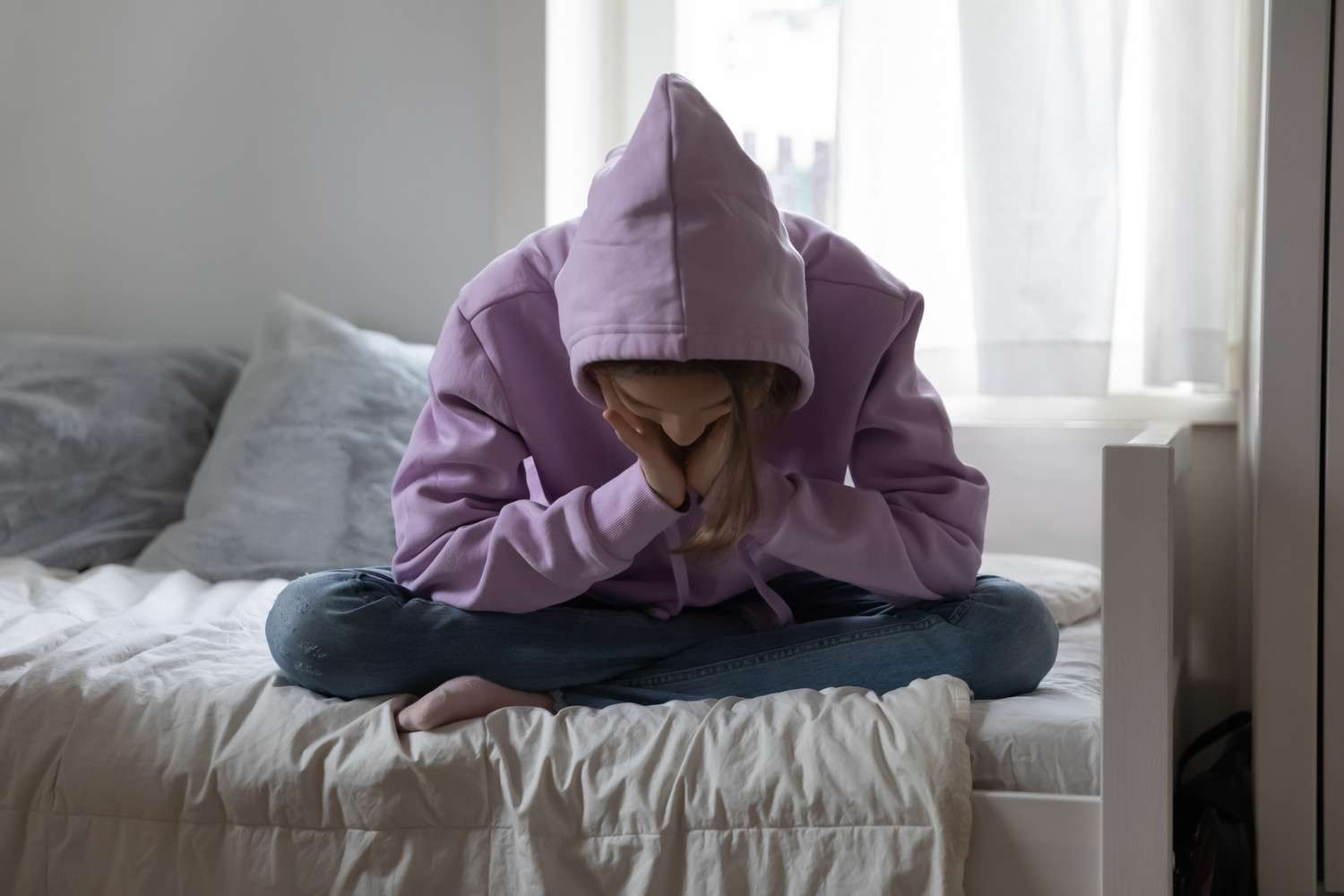Introduction
The rise in self-harm among youths has become a silent crisis in our society. This concerning behaviour is often a manifestation of deep emotional distress and requires understanding, empathy, and effective intervention. This blog post aims to shed light on the complexities of self-harm in young individuals, exploring its causes, implications, and ways to offer support.
Understanding Self-Harm
Self-harm, or self-injury, refers to the act of deliberately causing harm to one’s own body as a way to cope with emotional pain, anger, or frustration. Common forms include cutting, burning, or hitting oneself. It’s important to understand that self-harm is usually not a suicide attempt, but rather an unhealthy way to deal with overwhelming feelings or stress.
Causes of Self-Harm in Youth
Self-harm in youth can be triggered by a variety of factors:
- Emotional Distress: Unresolved trauma, depression, anxiety, or feelings of helplessness can lead to self-harm as a coping mechanism.
- Peer Pressure: Young people may engage in self-harm due to influence or pressure from peers.
- Lack of Coping Skills: Inadequate emotional coping mechanisms to deal with stress or emotional pain.
- Family Dynamics: Turbulent family relationships or a history of abuse can contribute to self-harm behaviours.
Recognizing the Signs
Signs of self-harm can be subtle and often hidden. Some indicators include:
- Unexplained cuts, bruises, or burns.
- Wear long sleeves or pants even in warm weather to cover injuries.
- Withdrawal from friends and activities.
- Emotional instability or impulsiveness.
Approaches to Support and Intervention
1. Creating a Safe Space for Conversation:
Encourage open and non-judgmental dialogue. Let the youth know that they are not alone and that their feelings are valid.
2. Professional Help:
Seeking help from mental health professionals is crucial. Therapies like Cognitive Behavioral Therapy (CBT) can be effective in dealing with the underlying issues.
3. Building Coping Skills:
Help them develop healthy coping mechanisms, such as mindfulness, exercise, or creative outlets.
4. Family Support:
Families play a vital role in the healing process. Offering unconditional support and understanding is essential.
5. Education and Awareness:
Educating youths about the harmful effects of self-harm and the importance of seeking help can prevent the onset or escalation of these behaviours.
Conclusion
Addressing youth self-harm requires empathy, patience, and proactive intervention. Understanding the underlying emotional struggles and offering appropriate support can make a significant difference. It’s about listening, understanding, and guiding them towards healthier ways to cope with their pain and stress.










